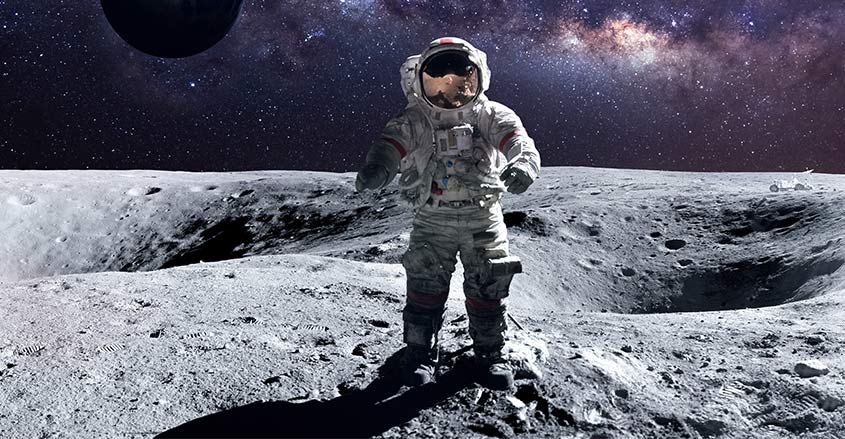It’s long been theorized that President John F. Kennedy approved the Apollo space program in the 1960s mainly as a political and P.R. weapon against the Soviet Union at the dawn of the Cold War.
It was an expensive gamble. The Apollo program cost American taxpayers $25.4 billion in the 1960s, or $152 billion in today’s money after adjusting for inflation.
Economists debate the ultimate economic benefit of space travel, but many of the technologies that drive multi-billion dollar businesses today were given a huge boost by government spending on the Apollo effort.
Among them are satellite communications, GPS navigation and real advances in semiconductors that fostered the person computing and telecommunication revolutions that followed. Billions of dollars were made for investors who recognized the future ahead.
Apollo 17 was the last NASA mission to the moon in December 1972. After winning the P.R. war cost soon became a prohibitive factor, ending further missions to the Moon.
The launch of NASA’s space shuttle program in the 1970s only ever reached low Earth orbit. They were designed for 50 missions annually but barely flew four times a year.
And they were expensive. It cost NASA anywhere between $500 million to $1.5 billion per shuttle launch.
Geopolitical politics and expense seemed to eclipse America’s scientific goal of space travel — to learn about the Earth, the universe, and inspire succeeding generations to improve on space travel.
The space shuttle was retired in 2011. So too, was America’s scientific aspirations to visit the Moon again.
Until now.
NASA’s Artemis missions is planning to send a man and woman to the Moon by 2024.
The aim is scout locations for a future moon station. This station will later serve as a training ground and launching pad for manned missions to Mars in the 2030s.
Artemis astronauts will also explore the Moon’s southern pole and initiate “sustainable exploration” practices by 2028.
Translation: Humans living on the Moon.
Prospective applicants should have a doctorate in medicine, be in the midst of completing a doctorate program in engineering, science, mathematics, or technology, and must have flight training certifications completed by 2021.
The position will be headquartered in Houston, Texas and could pay up to $161,000. Training will last at least two years.
The Artemis Moon missions are projected to cost $30 billion. What technologies and advances will come next — and investment opportunities that follow — is anybody’s guess.


